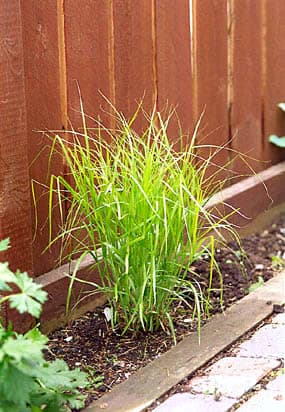Your shopping cart is empty!
Palm Sedge (Muskingum Sedge, Muskrat Sedge)
Palm Sedge (Muskrat Sedge, Muskingum Sedge) - Carex muskingumensis.
Perennial from the Cyperaceae family.
Homeland: North America, Great Lakes. Rarely found in Europe.
The foliage, located in tufts at the ends of erect shoots 30-120 cm high, creates the exotic effect of tiny papyrus palms.
Main color: yellow-gold.
Flower color: brown.
Distance between plants: 60 cm.
Winter hardiness zones: Z4 – Z9.
Location: they grow poorly in the shade, but can easily tolerate immersion in water up to 5-10 cm.
Care: sedges with vigorous growth must be kept under supervision and growth must be constantly limited. In spring, it is advisable to cut off dry leaves.
Reproduction: by dividing rhizomes or sowing seeds in spring.
1.0 g = 1950 seeds.
Use: for decorating large and small reservoirs, streams. Suitable for cutting.
* Arrays of different types of sedges can create interesting color effects.

Perennial from the Cyperaceae family.
Homeland: North America, Great Lakes. Rarely found in Europe.
The foliage, located in tufts at the ends of erect shoots 30-120 cm high, creates the exotic effect of tiny papyrus palms.
Main color: yellow-gold.
Flower color: brown.
Distance between plants: 60 cm.
Winter hardiness zones: Z4 – Z9.
Location: they grow poorly in the shade, but can easily tolerate immersion in water up to 5-10 cm.
Care: sedges with vigorous growth must be kept under supervision and growth must be constantly limited. In spring, it is advisable to cut off dry leaves.
Reproduction: by dividing rhizomes or sowing seeds in spring.
1.0 g = 1950 seeds.
Use: for decorating large and small reservoirs, streams. Suitable for cutting.
* Arrays of different types of sedges can create interesting color effects.













